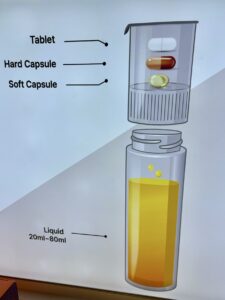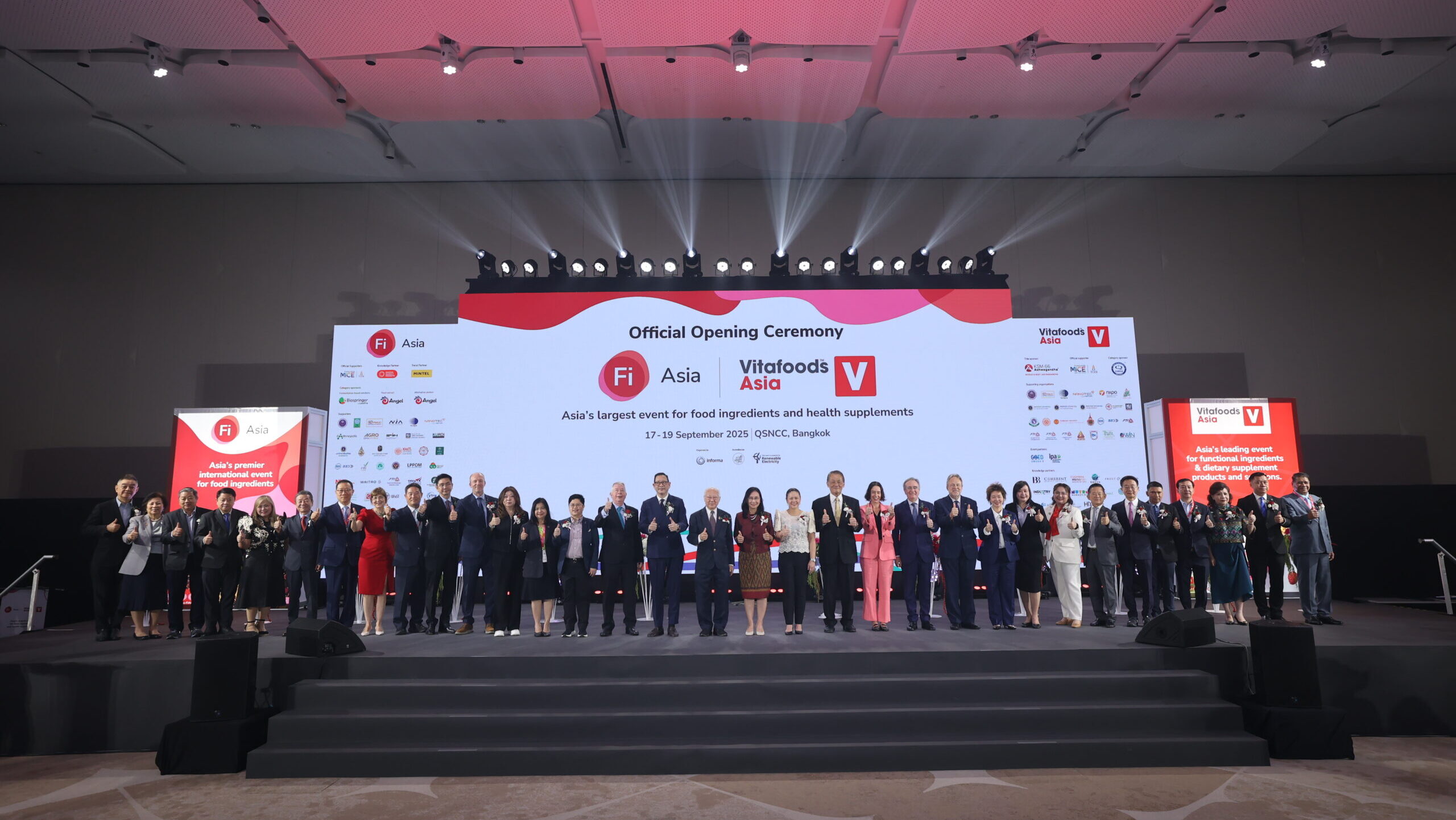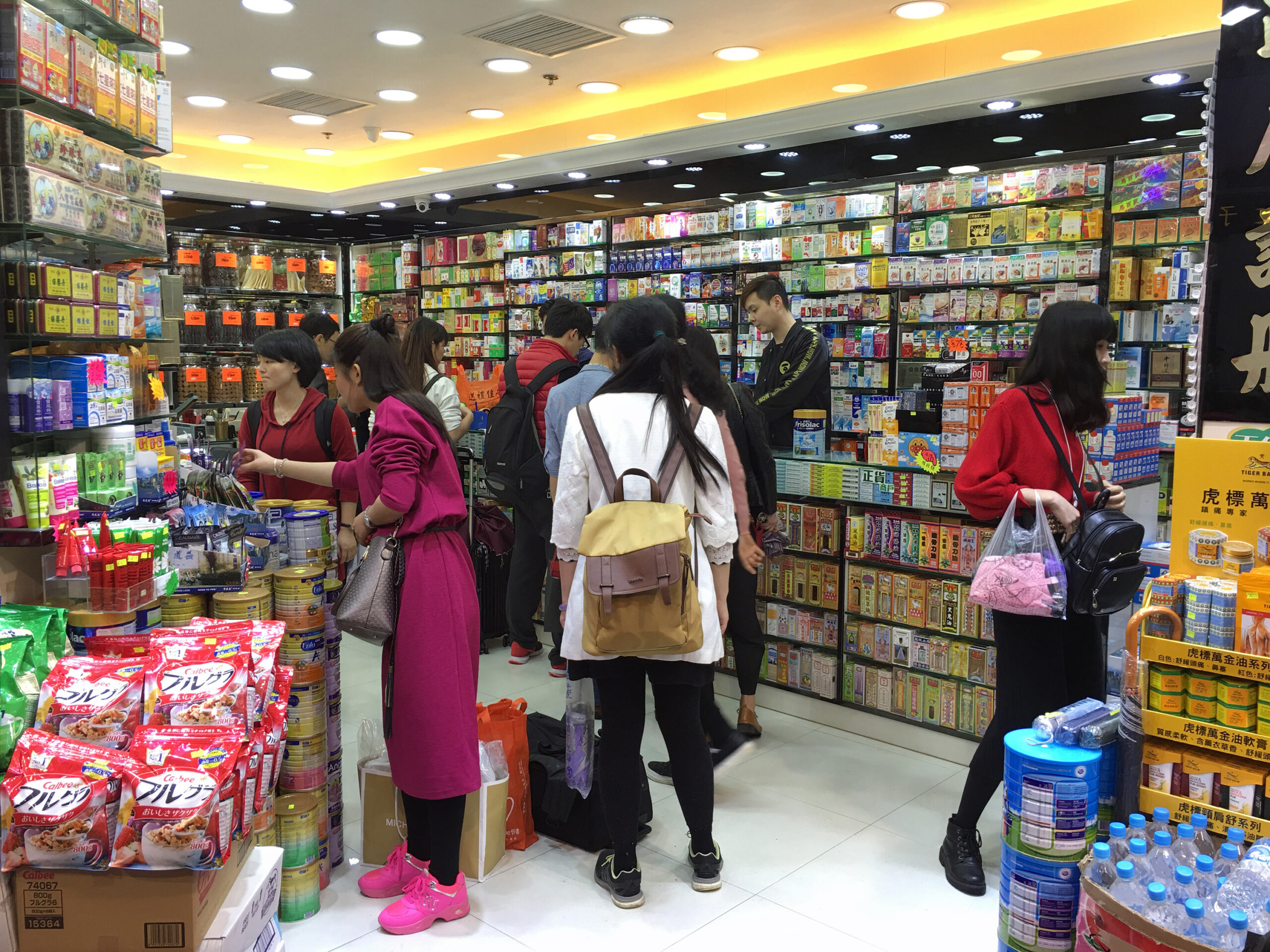Vitafoods Asia 2025 in Bangkok underscored the dynamism of the Southeast Asian supplement market. While global trends continue to shape product innovation, regional nuances in consumer demand, delivery formats, and ingredient adoption highlight where opportunities lie for forward-looking companies. Here are some of our biggest takeaways and market trends our team observed during this year’s conference, and their implications for nutraceutical companies:
Major Health Conditions Driving Demand in SE Asia
Healthy aging and longevity are gaining traction, with more brands spotlighting mitochondrial and cellular health especially in markets like Taiwan, South Korea which have growing populations aged 65 and older. This shift reflects rising consumer awareness that prevention and vitality extend beyond traditional categories like bone and joint care.
 Women’s health is evolving beyond the broad “wellness” umbrella into specific areas such as prenatal nutrition, menopause support, and urinary tract health. The segmentation of this category mirrors global developments, but remains relatively early-stage in Asia, creating room for differentiation.
Women’s health is evolving beyond the broad “wellness” umbrella into specific areas such as prenatal nutrition, menopause support, and urinary tract health. The segmentation of this category mirrors global developments, but remains relatively early-stage in Asia, creating room for differentiation.
Gut and microbiome balance remain mainstays of the supplement market and are becoming even more prominent in 2025. Psychobiotics and postbiotics, once niche, are now moving closer to the mainstream as consumers connect digestive health with mental well-being.
Weight management and metabolic health are also rising, particularly as GLP-1 medications create awareness. While this category is smaller than in the U.S., it is growing steadily, with companion products and natural support solutions gaining traction.
Beauty-from-within continues to dominate, particularly in markets such as Japan, Korea, and Thailand, where skin and hair vitality remain top consumer priorities.
Active and sports performance solutions are also becoming more visible. While still an emerging category in Asia, interest in recovery, mobility, and energy aligns with global fitness and lifestyle trends.
Emerging Formats Shaping the Asian Market
Delivery formats seen by our team at Vitafoods Asia 2025 reinforced how Southeast Asia leads in consumer-friendly innovation. Stick packs and powdered drinks are highly popular, reflecting portability and convenience. Gummies, chews, jellies, and fast-melts are gaining ground as approachable formats that appeal across age groups.

Vegan softgels and oral strips provide plant-based alternatives, while effervescent tablets and functional drinks continue to resonate. Notably, advanced liposomal delivery systems—still relatively new in Western markets—have been common in Southeast Asia for years, highlighting the region’s appetite for format innovation.
Ingredients Trending Across Stands
(outside the US, they say stands, not booths)
Several ingredient stories stood out. Ubiquinol is positioned as a solution for mitochondrial health and longevity. Collagen is being promoted beyond beauty into joint health and even metabolic support. Creatine is breaking free from its traditional powder form, appearing in chews and effervescents.
Magnesium, including advanced forms such as L-threonate, is finding new traction for sleep, cognition, and calm. Prebiotics, postbiotics, and psychobiotics remain central to gut and mental wellness, while lactoferrin and GOS are gaining ground for skin and immune health.
Palm phytonutrients such as tocotrienols and squalene are being extended into claims for brain and liver health, skin vitality, and even pet wellness. Finally, natural GLP-1 support botanicals are emerging in the metabolic health conversation, creating a “bridge” for consumers exploring alternatives or complements to pharmaceutical solutions.


